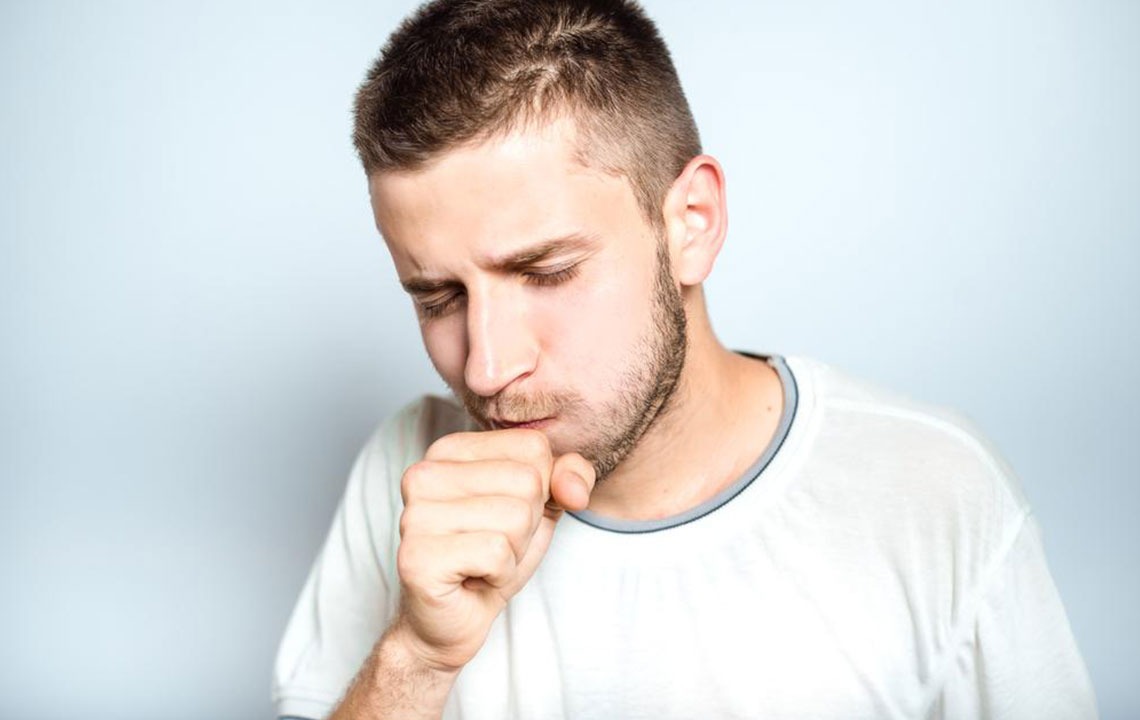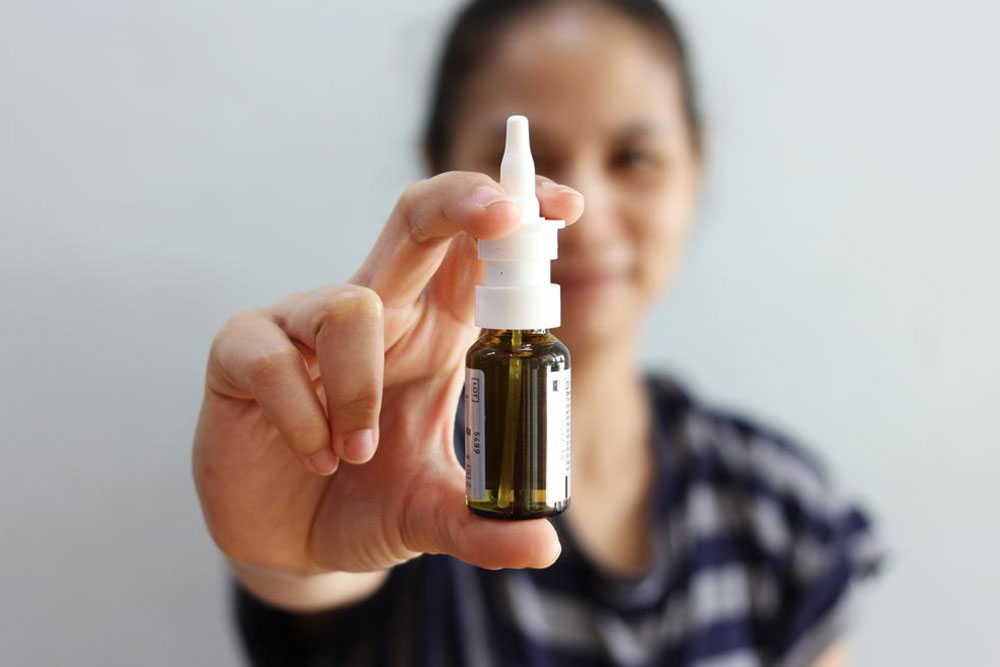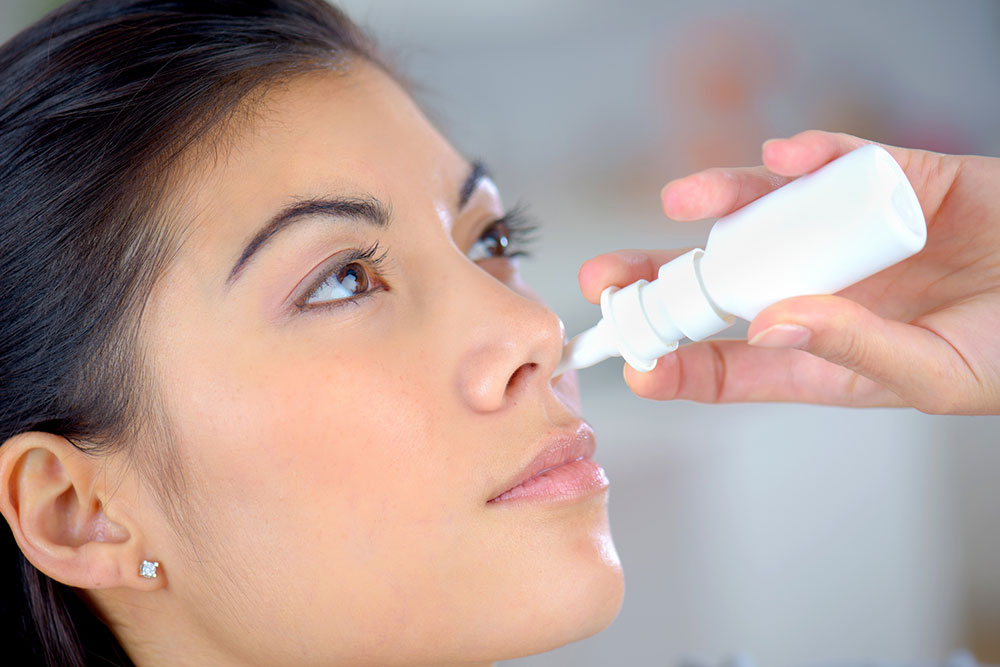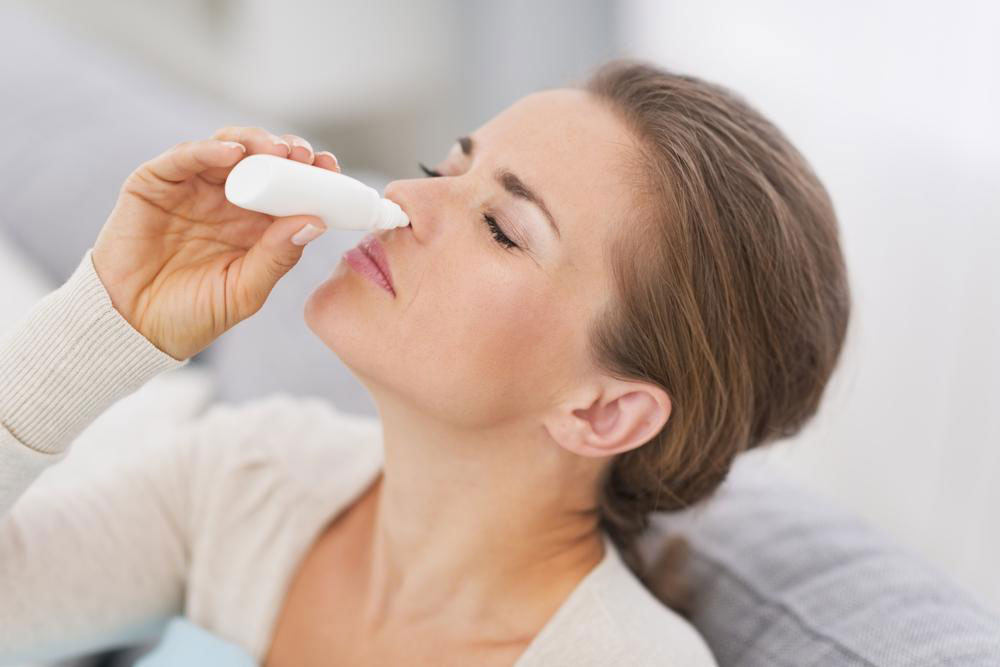Understanding Eye Watering Due to Allergies: Causes, Symptoms, and Remedies
Learn about the causes, types, and effective treatments for watery eyes caused by allergies. This comprehensive guide covers common triggers, symptom management, and preventative measures to keep your eyes healthy and comfortable throughout the year.

Understanding Eye Watering Due to Allergies: Causes, Symptoms, and Remedies
Eye tearing is often harmless and can be managed with OTC solutions. However, allergies can trigger excessive tear production, leading to watery eyes. Various factors contribute to allergy-related eye watering. Keep reading to explore the causes, types, and effective treatments for watery eyes caused by allergies.
Why do eyes become watery?
The leading cause is the blockage of tear ducts beneath the tear sacs, often due to recurrent mild infections and inflammation narrowing the ducts over time.
This blockage can cause tears to overflow, and stagnant tears may become infected, resulting in sticky discharge or swelling near the eyes and nose. Dry eye syndrome can paradoxically cause watering when the lacrimal glands overproduce tears in response to irritation. Partially clogged ducts or inflamed canaliculi can also disrupt tear drainage. In infants, tear ducts may be undeveloped, usually resolving in weeks.
What are eye allergies?
Eye allergies are a defensive response to irritants, where the eyes produce tears to remove allergens. These allergens often trigger symptoms similar to nasal allergies, such as sneezing and runny nose. Common causes include:
Chemical fumes and irritants like onion vapors
Infections like conjunctivitis
Allergic conjunctivitis causing inflammation of the eye’s front surface
Minor injuries or scratches near the eye
Foreign materials like dirt or grit
Entropion, where eyelashes turn inward causing irritation
Types of allergy-induced watery eyes
Watery eyes from allergies are classified as seasonal or perennial. Seasonal allergies, common in spring and summer, are caused by pollen, grass, weeds, trees, and mold spores. Perennial allergies persist year-round, often triggered by dust mites, pet dander, feathers, and other airborne irritants like smoke, perfumes, or pollution. Cosmetic products and certain medications can also provoke symptoms.
Relief strategies for allergy-related watery eyes
Managing watery eyes involves minimizing exposure and using appropriate treatments. Consider these options:
Avoid allergens: Reduce contact with triggers by staying indoors when pollen levels are high, using air purifiers, and maintaining clean filters in your HVAC system.
Remove contact lenses: Since lenses attract allergens, switching to glasses during high allergy seasons can help. Disposable lenses are also a good alternative.
Over-the-counter remedies: Many non-prescription eye drops can alleviate redness, itching, and tearing caused by allergies.
Prescription drugs: For persistent symptoms, doctors may recommend antihistamines to curb histamine production or decongestants to reduce swelling and redness.
Immunotherapy: Gradually increasing allergen exposure through injections can boost immunity, reducing reactions over time.
Increased pollution makes it essential to protect your eyes and minimize allergy risks for better eye health.










